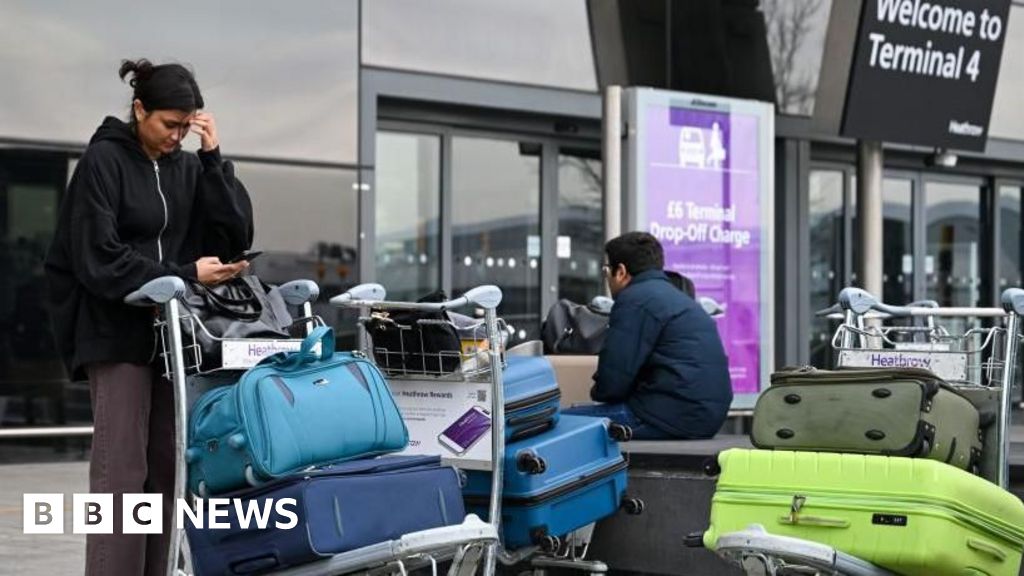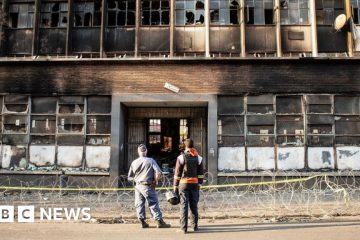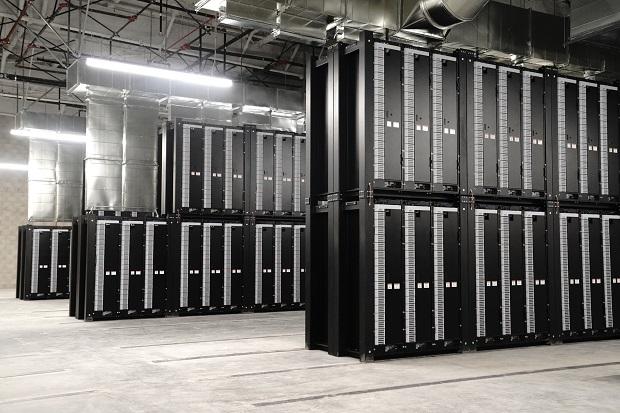BBC News
The root cause of a fire which led to the shutdown of Heathrow Airport and affected hundreds of thousands of journeys worldwide “remains unknown”, an interim report says.
Heathrow was closed to all flights for much of 21 March after a fire at a nearby electrical substation, which started the previous night, caused a power outage at the airport.
In Thursday’s report, the National Energy System Operator (Neso) said a transformer disconnected and caught fire at the substation in Hayes, west London.
The grid operator’s final report is due by the end of June. Heathrow Airport said it welcomed the interim findings and that it hoped the final report would provide answers on what caused the fire.
The Metropolitan Police’s counter-terrorism unit carried out an initial investigation into the fire, but Neso noted that detectives found there “no evidence to suggest” the incident was suspicious.
The power outage and subsequent closure of Heathrow led to more than 270,000 journeys being affected.
Energy Secretary Ed Miliband shortly after ordered an urgent investigation into the fire to prevent it “from ever happening again”, and told Neso to provide its initial findings within six weeks.
Heathrow’s management has been criticised for the decision to close the airport and the long shutdown that followed.
Neso said power was restored to Heathrow’s terminals seven hours before flights resumed.
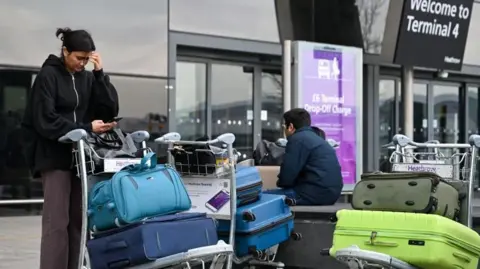 Getty Images
Getty ImagesIn a detailed timeline, it said the fire at the North Hyde substation, which was built in the 1960s, started at 23:21 GMT on 20 March and resulted in a “simultaneous loss of connection”.
The power outage affected 66,919 domestic and commercial customers, including Heathrow Airport, Neso said.
A major incident was declared by the Met Police at 00:42, and Heathrow took the decision to close the airport at 01:11 the following morning.
Neso’s chief executive Fintan Slye said: “It is important that the right lessons are learnt from this incident to prevent future instances where possible and to manage them effectively when they do occur.”
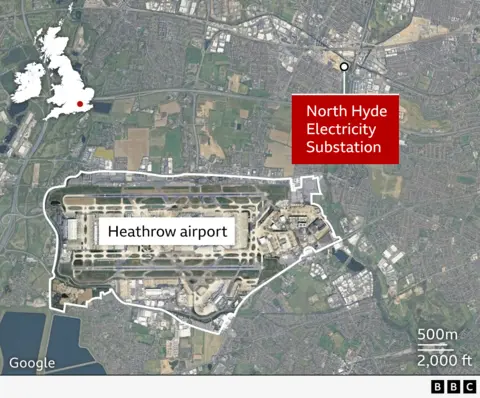
Power was restored to Heathrow’s substations by 06:25 using circuits from another nearby substation, Neso said, and the flow of electricity to all four of Heathrow’s passenger terminals was restarted by 10:56.
But Flights did not resume until after 18:00 that day, once safety checks were completed. Planes were able to land and take off through the night to allow Heathrow to get back up to full capacity.
Neso said the re-energisation of the entire airport was only fully completed by 14:23.
Other customers’ power was restored by 12:24, the report said, and supply from the North Hyde substation was reinstated the following day.
Heathrow relies on three electricity substations, and has emergency back-up power supplies, such as diesel generators and batteries – but these only keep crucial safety systems running, such as landing equipment and runway lights.
Heathrow’s chief executive Thomas Woldbye previously said the shutdown was caused not by a lack of power but by the time it took to switch from the damaged substation’s supply to the other operational substations.
Due to Heathrow’s “size and operational complexity”, managers decided to close the airport on safety grounds while this took place.
The airport said at the time that its objective “was to reopen as soon as safely and practically possible after the fire”.
Neso confirmed that the restoration of power to the airport was followed by “a period of safety checking” to ensure “safety critical systems were fully operational prior to passengers arriving at the airport”.
Heathrow said in a statement: “Further clarity on how the fire started and why two transformers were subsequently impacted can help ensure greater resilience for the UK’s energy grid moving forward.”
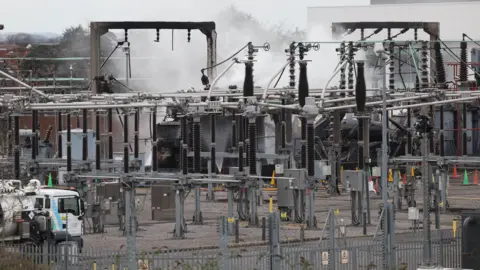 EPA
EPABoth the National Grid, which owns the North Hyde substation, and energy firm SSEN, which is responsible for power distribution in the area, said they welcomed the interim findings and would await Neso’s full report.
London Fire Brigade (LFB), which sent 70 firefighters, previously said that the substation blaze “involved a transformer containing insulating oil which was fully alight”.
“This created a significant hazard due to being within a substation containing high-voltage equipment and the challenges of an oil-fuelled fire,” it said in a statement.
LFB explained crews had to wait for the transformer to cool down “before cutting through the steel casing to reach and extinguish pockets of fire that were inaccessible”.
Following the publication of the interim report, Miliband said: “We now await the full report to understand what happened and learn lessons to strengthen UK energy resilience and protect our critical national infrastructure.”
Note:- (Not all news on the site expresses the point of view of the site, but we transmit this news automatically and translate it through programmatic technology on the site and not from a human editor. The content is auto-generated from a syndicated feed.))
